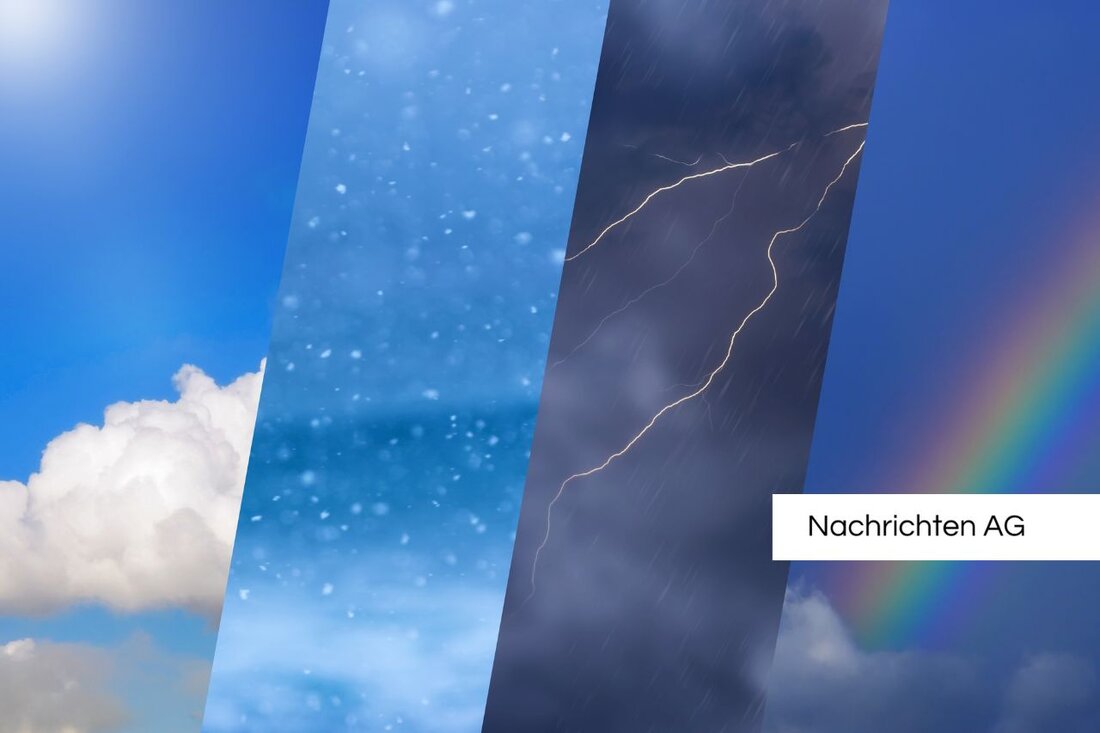Web moths cover Ellingerode: No danger to people!
Witzenhausen reports on web moth infestations: dangers, control and effects of climate change on local plants.

Web moths cover Ellingerode: No danger to people!
These days, a noticeable infestation of web moths in the urban area around Ellingerode is causing a stir. Unnoticed by many, the caterpillars of the popular butterfly species cover trees and bushes, especially bird cherries, with their silvery-white webs. The caterpillars eat a lot of leaves from the plants, but there is no reason to panic, as meineregion365.de reports. There is no health risk to humans because the caterpillars do not have stinging hairs.
Web moths are moths whose eggs are laid in autumn. The larvae overwinter in the trees and hatch in spring. With the mild weather this year, the caterpillars have thrived and are now active, but don't worry: this infestation is temporary and a second generation is not expected this year.
Trees recover quickly
Affected trees, such as the bird cherries mentioned, can usually regenerate without any problems. After St. John's shoots, which occurs around June 24th, new leaves appear. Long-term damage or even the death of the trees is very rare. To reduce the infestation, it is advisable to remove the webs and caterpillars manually or simply hose them off with water. Experts advise against the use of chemical pesticides because they endanger the natural balance and could also harm beneficial insects, explains mdr.de.
Climate change is repeatedly mentioned in connection with the emergence of web moths. According to t-online.de, warm, dry spring months offer ideal conditions for the mass reproduction of these pests. Web moths are not only interested in bird cherries, but also in other species such as willows and poplars.
Observations from the population are important
For the researchers, observation of what is happening by the population is of great importance. Reports about the occurrence of web moths help to assess the situation and develop measures. Philipp Röttig, available at 05542 / 508-651 or via email at philipp.roettig@witzenhausen.de, will be happy to answer any questions you may have.
All in all, it's time to take a look at the trees, because web moths are a seasonal phenomenon with no long-term consequences for the plant world. A healthy dose of composure and perhaps a good hand when gardening are required!

 Suche
Suche
 Mein Konto
Mein Konto